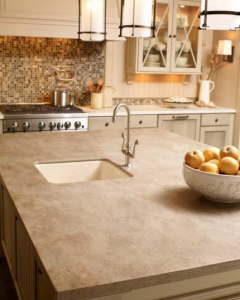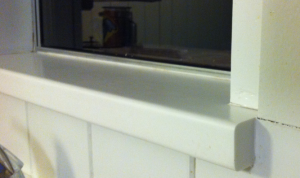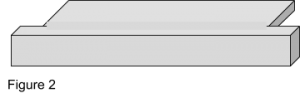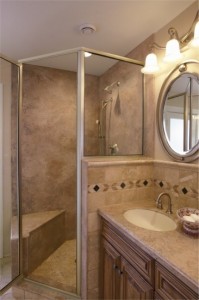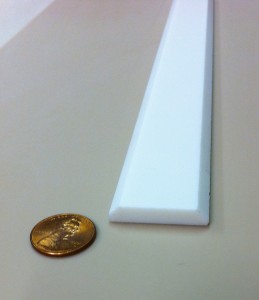With the holidays right around the corner, you’re probably thinking about cleaning and getting the house in order before all the guests arrive. Two questions that come up quite often at this time of year are:
- What is the best way to clean and refinish my Corian® [solid surface] countertop?
- How can I remove stains from my solid surface countertop?
Whether you have Corian®, Avonite Surfaces®, LG HI-MACS®, Staron®, Mystera®, or any other type of solid surface countertop, the basics are the same since they are all made of acrylic-based resin material and fillers (except Aristech®’s STUDIO Collection® which is a more translucent resin).
Consider the Finish and the Color
Consideration of color is important when it comes to the use patterns and the way stains and blemishes are approached because darker colors show use more than lighter colors.
Before using any type of cleaner or performing any repairs on your solid surface countertop, consider the degree of shine on the finish and the color of the solid surface. The degree of shine on the solid surface finish is achieved by using increasingly finer grits of sanding abrasives. For a glossy shine, after using the fine abrasives, polishing with a buffing pad and polishing compound is the final step of the process. We mention this to assure you that what we discuss below is in keeping with the way the finish was originally applied to your countertops.
Examples of Shine
Examples of shine can be seen in the images of this article. Image 1 is done in a flat/matte finish where none of the objects on the countertop have a reflection. Image 2 has a satin finish denoted by the “not so distinct” reflection cast by the objects on the countertop. Image 3 presents a semi-gloss finish with a moderately distinct reflection. Image 4 shows a gloss finish where the reflections of the objects are distinct.


